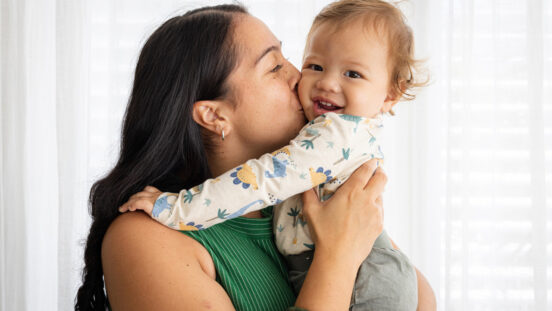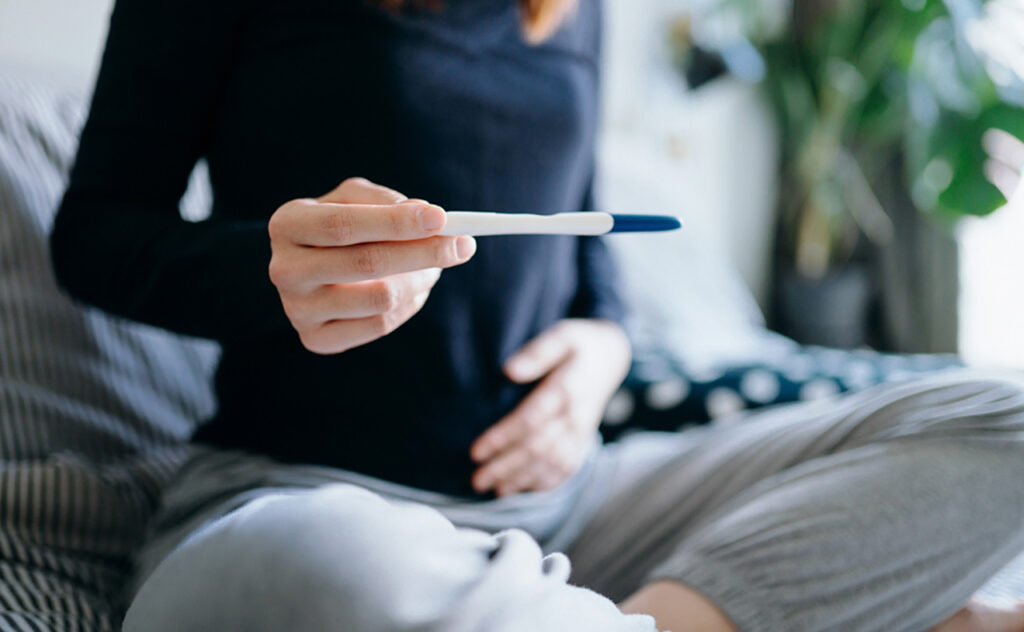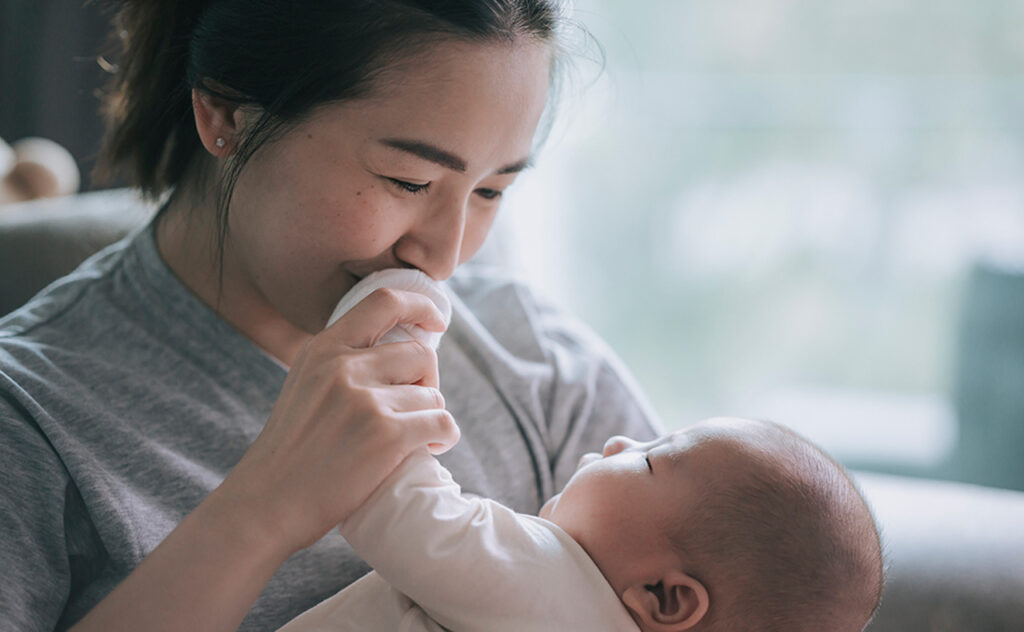A Guide to Maternity Leave in Australia 2024

Exactly what are you entitled to?
If you’re planning on expecting or adopting a new bub, there are maternity and parental leave entitlements you should familiarise yourself with as soon as possible to ensure that you can comfortably allow yourself the time you’ll need to look after yourself and your child in the very early days.
In Australia, maternity and parental leave entitlements are determined primarily by Federal Government regulations. However, State Government and employer policies also come into play and should be taken into consideration.
IMPORTANT:
Meeting the requirements for Government Paid Parental Leave (a payment only) does not necessarily mean you are entitled to maternity or parental leave from your employer (time off work). They are not the same thing and will both need to be addressed.
- You can check your eligibility for Government Parental Leave Pay here
- You can check your eligibility for Dad and Partner Pay here
- You can check your eligibility for the Newborn Upfront Payment and Newborn Supplement here.

Maternity/Parental Leave entitlements in Australia
The information below is based on the Federal Government regulations and should be used as a base point only.
Please check your state regulations and go over your company policy and employment contract before discussing your personal situation with your employer.
In general, employees can access parental leave when a child is born or adopted.
Parental leave entitlements include:
- maternity leave
- paternity and partner leave
- adoption leave
- special maternity leave
- a safe job and no safe job leave
- a right to return to old job

When can you access maternity/parental leave?
Parental leave is leave that can be taken when:
- an employee gives birth
- an employee’s spouse or de facto partner gives birth
- an employee adopts a child under 16 years of age.
Employees are entitled to 52 weeks of unpaid parental leave, and may also request an additional 52 weeks of leave.
Employees who are taking parental leave to care for an adopted child are also entitled to two days unpaid pre-adoption leave to attend relevant interviews or examinations.
While employers must stick to federal and state government regulations, individual employers often have their own policies in regards to maternity and parental leave. These can vary widely, with some employers being much more generous than others.
Are you entitled to maternity/parental leave?
All employees in Australia are entitled to parental leave. Employees are able to take parental leave if they meet the following requirements:
Employees must have worked for their employer for at least 12 months in full-time, part-time or in some cases casual employment:
- before the date or expected date of birth if the employee is pregnant
- before the date of the adoption
- when the leave starts (if the leave is taken after another person cares for the child or takes parental leave)
For casual employees to be eligible for unpaid parental leave they need to have:
- been working for their employer on a regular and systematic basis for at least 12 months
- a reasonable expectation of continuing work with the employer on a regular and systematic basis, had it not been for the birth or adoption of a child.
Pregnant employees can begin leave up to six weeks before their due date. eg from week 34 of the pregnancy. Employees who are adopting or are the partner of a person giving birth, can begin leave the day of the birth/adoption.
Employees who have taken parental leave don’t have to work for another 12 months before they can take another period of parental leave with that same employer. However if they have started work with a new employer they will need to work with that employer for at least 12 months before they can take parental leave.
Employees are entitled to 52 weeks of unpaid parental leave – this applies to either parent, if both are working and are eligible (although only 8 weeks can be taken at the same time).
Employees requesting up to an additional 52 weeks of unpaid parental leave must give four weeks written notice (for leave longer than four weeks). In cases of requests for further leave, employers must respond within 21 days saying yes or no, and providing valid reasons if no.

Employee entitlements for pregnant women
Employees who are pregnant may access ordinary sick leave entitlements.
Pregnancy is not considered an illness or injury, however if a woman experiences a pregnancy-related illness or injury, regular sick leave can be taken.
What is special maternity leave?
A pregnant employee who is eligible for unpaid parental leave can take unpaid special maternity leave if:
- she has a pregnancy-related illness or
- her pregnancy ends after 12 weeks because of a miscarriage, termination or stillbirth.
If an employee takes special maternity leave because of a pregnancy-related illness, the leave will end when the pregnancy or illness ends, whichever is earlier. If she takes leave because of a miscarriage, termination or still birth it can continue until she is fit for work.
Special maternity leave won’t reduce the amount of unpaid parental leave that an employee can take.
What are ‘safe jobs’ in pregnancy?
All pregnant employees, including casuals, are entitled to move to a safe job if it isn’t safe for them to do their usual job because of their pregnancy. It doesn’t matter how long you have held your position for, this applies to all employees.
An employee who moves to a safe job will still get the same pay rate, hours of work and other entitlements that she got in her usual job. If required she and her employer can agree on alternative working hours. She will stay until it’s safe to go back to her normal job, or until she gives birth and/or returns to work.
If there is no safe job available the employee may take no safe job leave.
Returning to work from maternity/parental leave
An employee who has been on unpaid parental leave can generally return to the work in same position they held before you went on maternity leave, or if that position doesn’t exist anymore, they are entitled to another position similar in status and pay.
If the employee was transferred to a safe job before they took unpaid parental leave or they reduced their hours due to the pregnancy, then they’re entitled to return to the job they had before the transfer or reduction.
If the employee is on a fixed term contract and it ends while they are on unpaid parental leave, they’re not entitled to return to the same job (unless an employment contract says otherwise). If they’re on a fixed term contract and it ends after they come back from leave, they’re entitled to return to the same job and finish working the contract.
If an employee’s job doesn’t exist anymore or it has changed, then they have to be offered a suitable available job that:
- the employee is qualified and suited to work in
- is nearest to their old job in pay and status.
Breastfeeding when you return to work
Breastfeeding is a protected ground of discrimination. Making an employee feel uncomfortable about breastfeeding, or not providing adequate facilities or breaks, may constitute discrimination. It may also be a breach of work health and safety laws.
Employees should expect appropriate facilities and appropriate breaks for breastfeeding or expressing.




